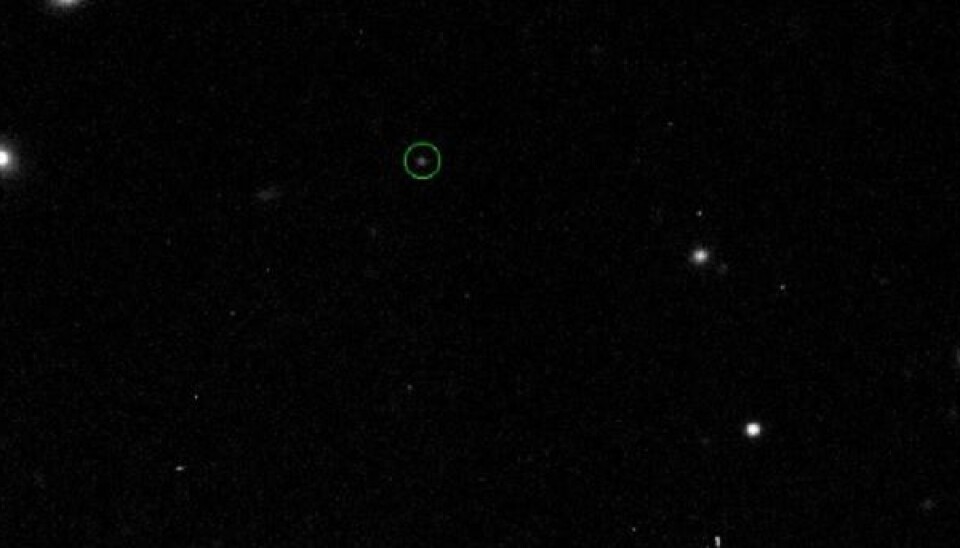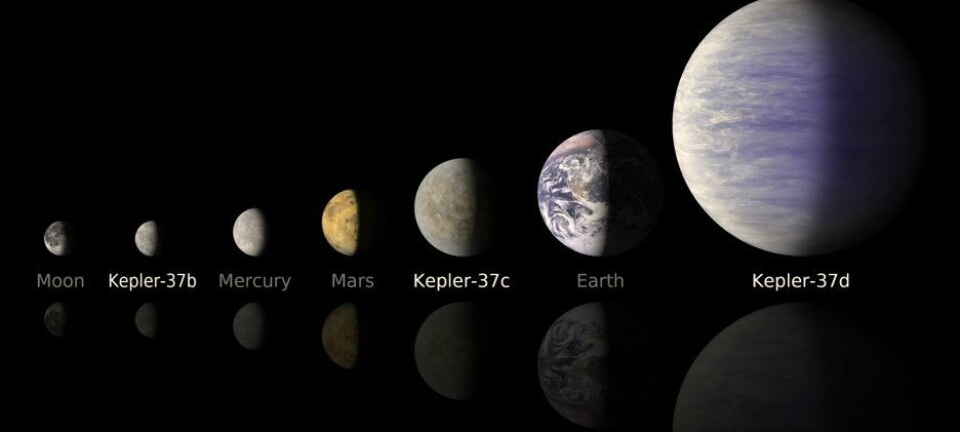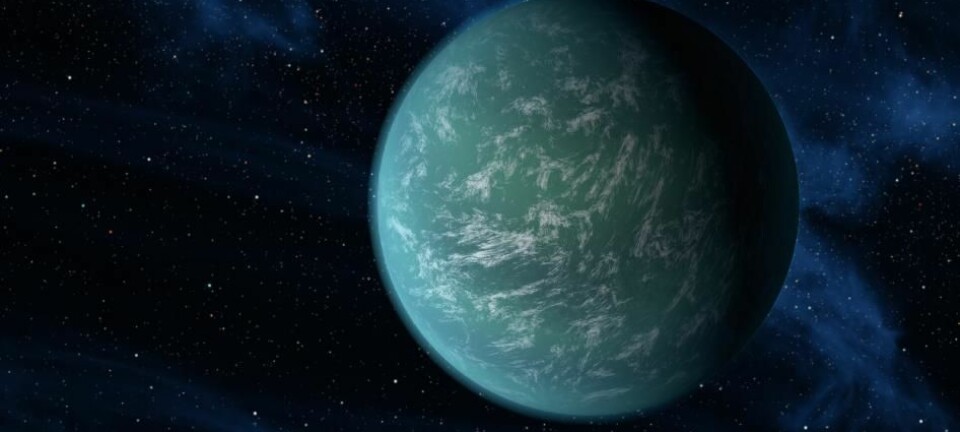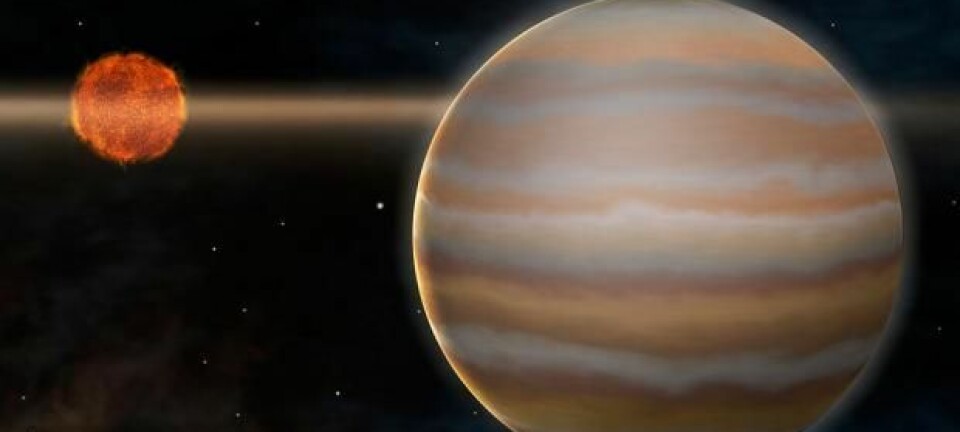
First known Uranian Trojan companion found
A Danish astronomer and his colleagues have discovered a little space rock that circles the sun in the same orbit as Uranus. This is the first time that astronomers observe a so-called ‘Trojan’ asteroid companion for Uranus.
Our Solar System consists of the Sun in the centre, the eight planets in their respective orbit around it it and their moons. But there is also a great number of smaller objects scattered around the Solar System. These objects are known as asteroids and comets, and most of them can be found in the asteroid belts.
Some of these asteroids can be captured by the gravitational pull of the planets, making them orbit the Sun in a particular way. Some are captured and then orbit the planets as moons, but there is also another, slightly more peculiar, way of orbiting.
Lagrange points stabilise satellites
There is a special type of objects known as Trojans, which are controlled by our Solar System’s largest planet Jupiter. Jupiter’s gravity, together with the gravity of the Sun, creates five so-called Lagrange points – positions where a small object affected only by gravity can theoretically be part of a constant-shape pattern with two larger objects.
Earth’s gravity combined with that of the Sun also creates five Lagrange points, and these are used to stabilise the orbit of satellites that are sent out into space to observe e.g. the Sun.
The first object to be found in Jupiter’s Lagrange point was named Achilles, and this type of object has since been collectively termed Trojans. The other outer planets may also have Trojans, but so far astronomers have not managed to observe any.
Trojans may orbit other planets too
This was until Danish astronomer Mike Alexandersen and his colleagues from Canada and Hawaii recently discovered a small space rock, which they named 2011 QF99.
This rock, 61 kilometres in diameter, was found whirling ahead of Uranus in the same orbit in the Lagrange point called L4. Simulations of its orbit, however, show that the object is not stable and will eventually leave its stable orbit and start orbiting freely around the Sun.
This discovery therefore shows that the other outer planets may also have Trojans orbiting them. It was believed that Jupiter’s immense gravity would make it hard for objects to stay at these points, but now it appears that this is possible.
This may, then, be the first of many similar objects found in the other large planets’ Lagrange points.
---------------------
Read the Danish version of this article at videnskab.dk
Translated by: Dann Vinther










